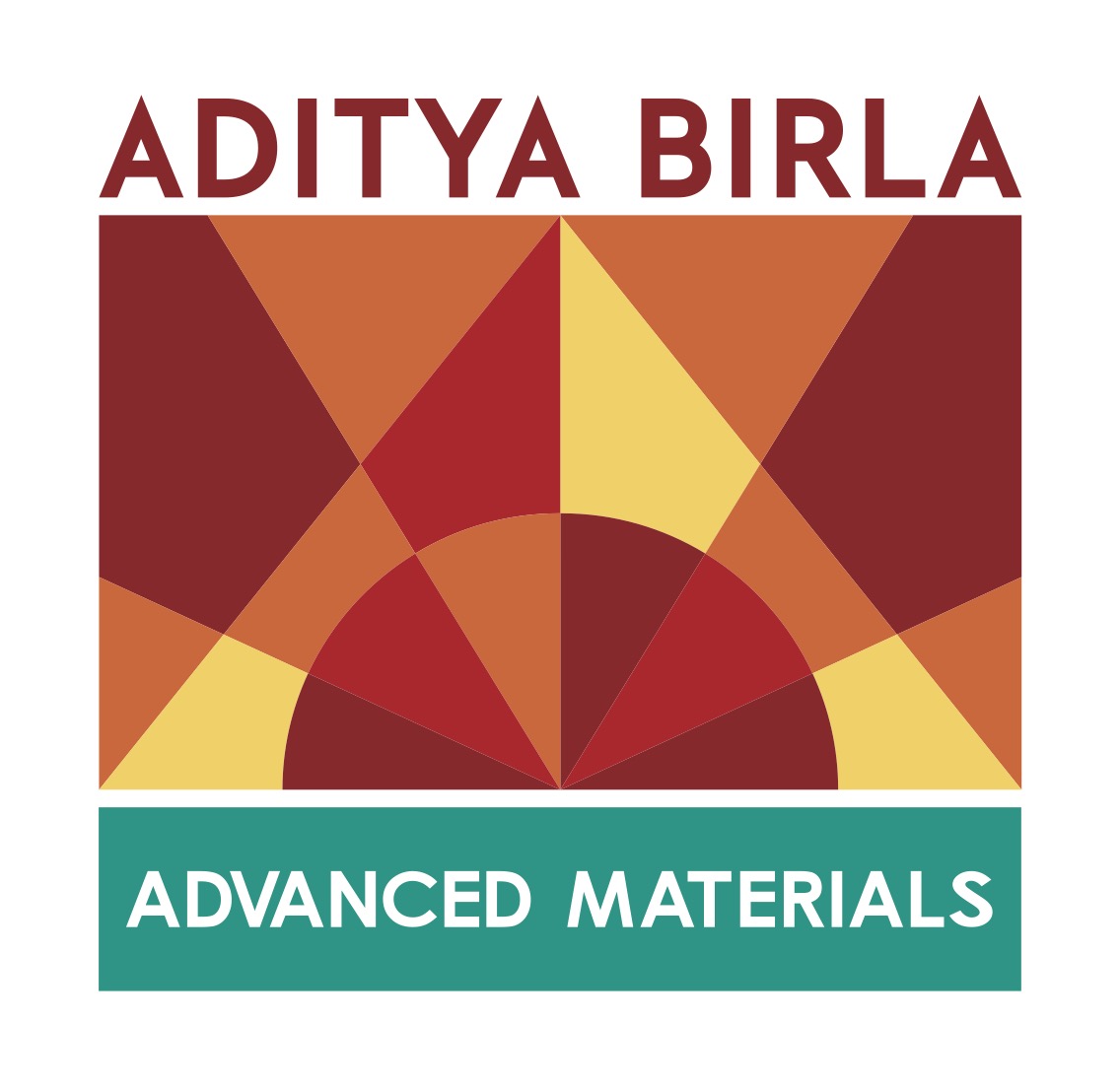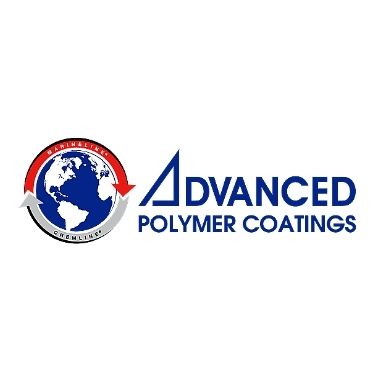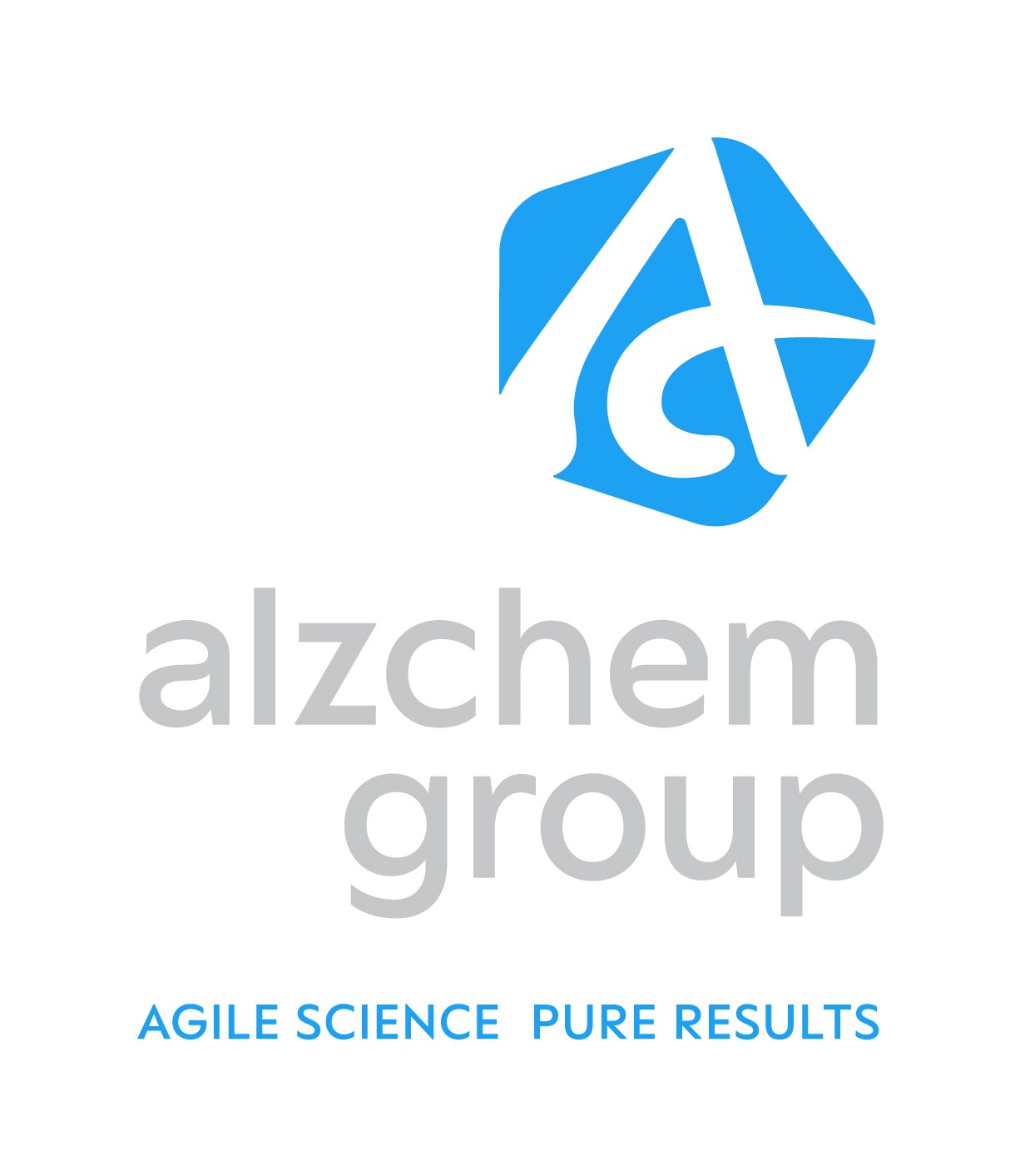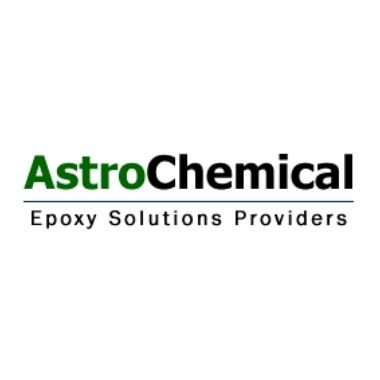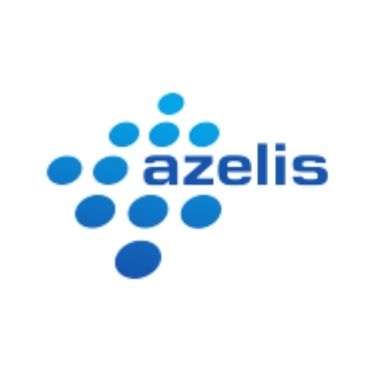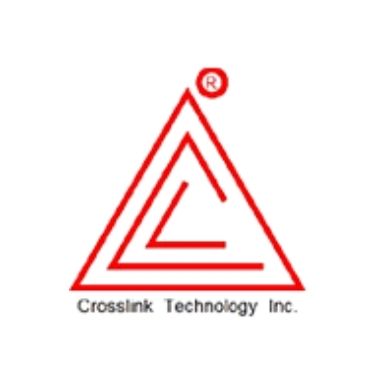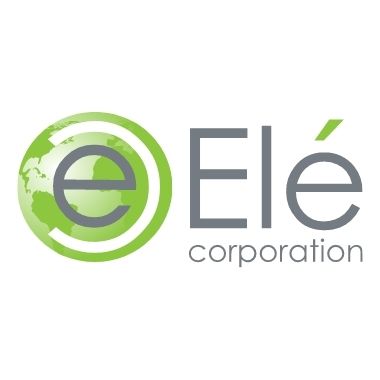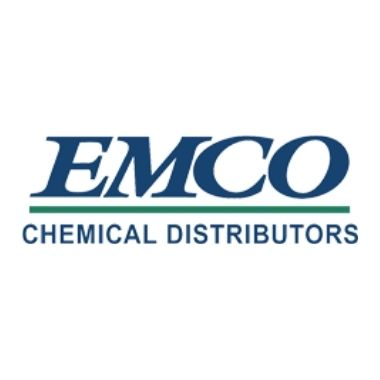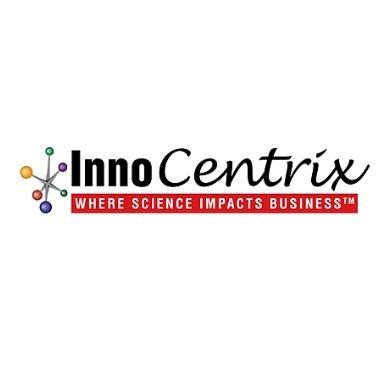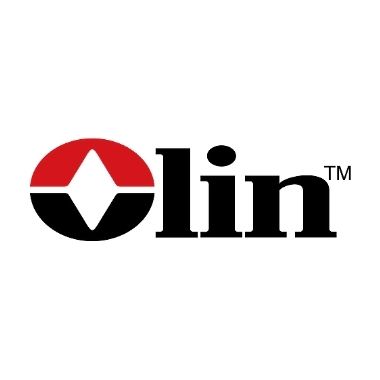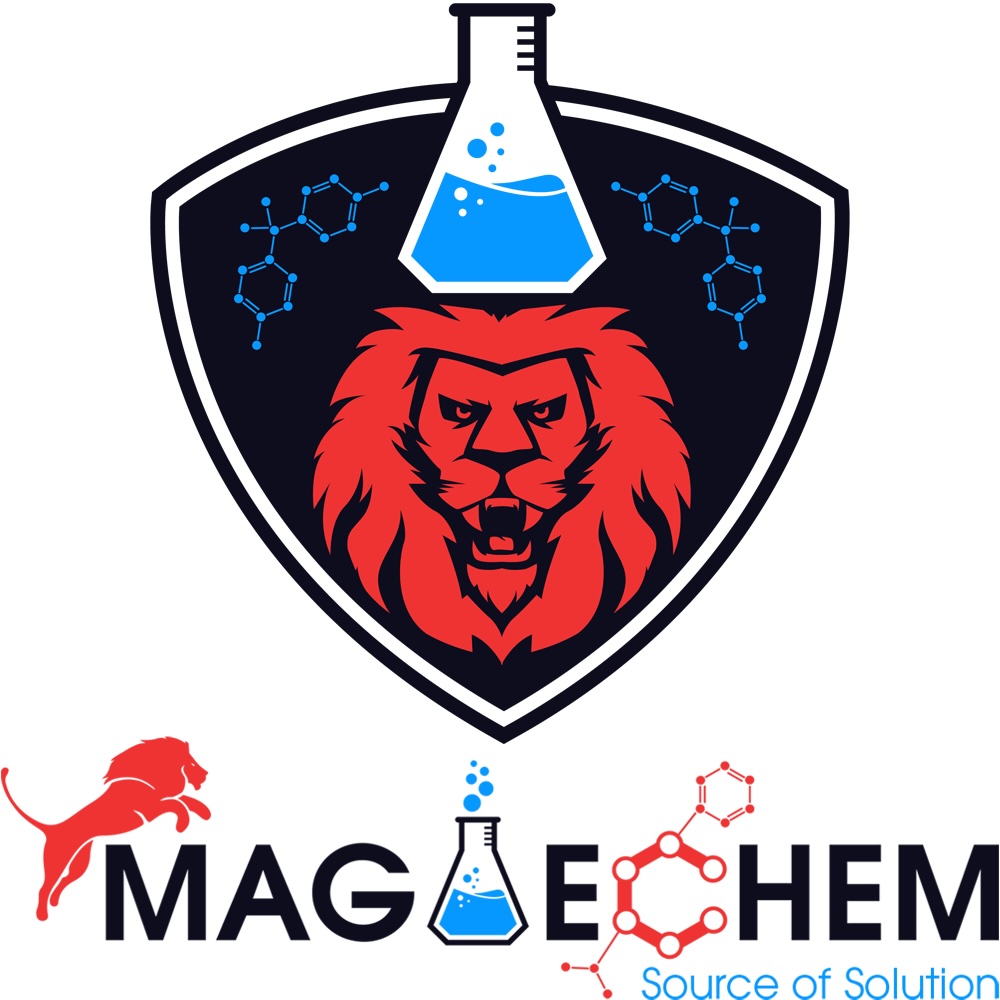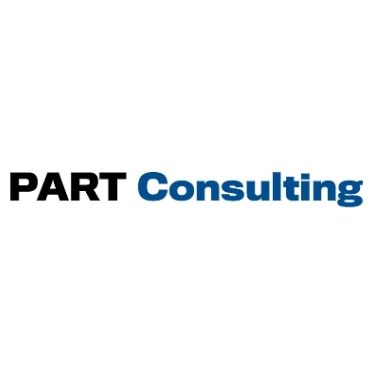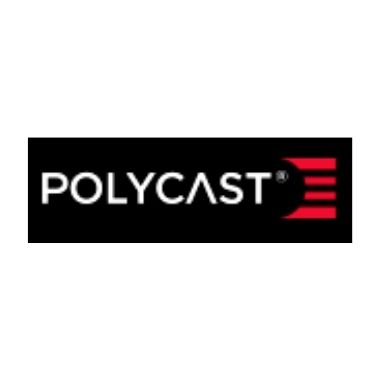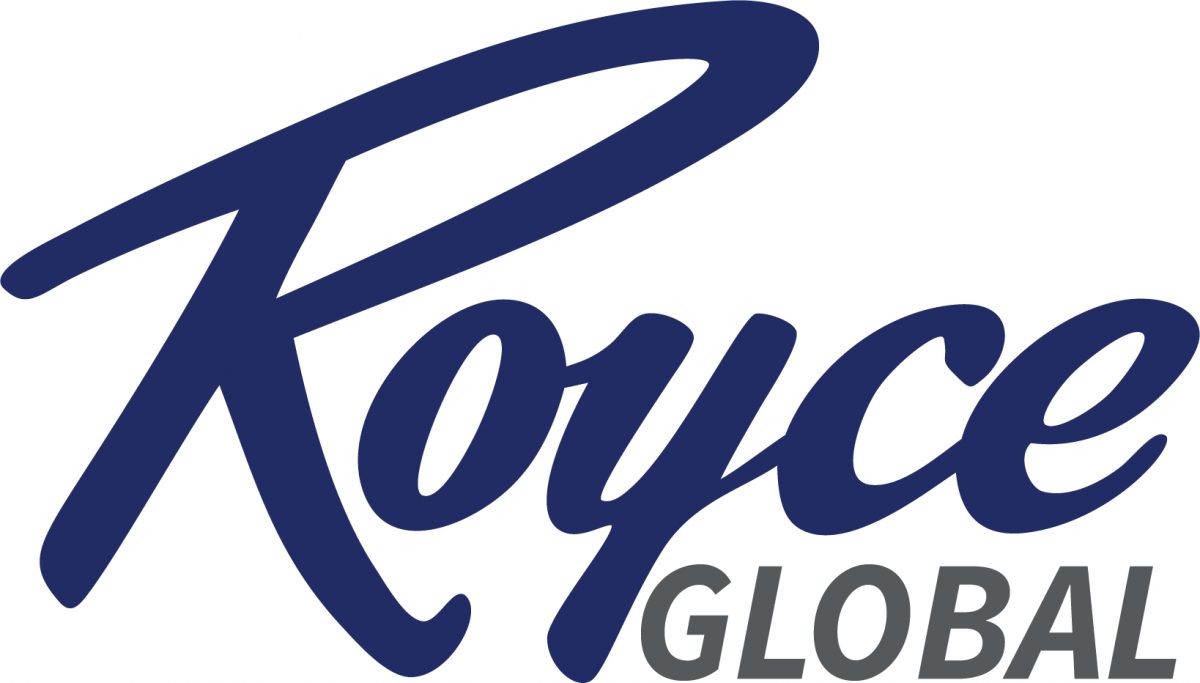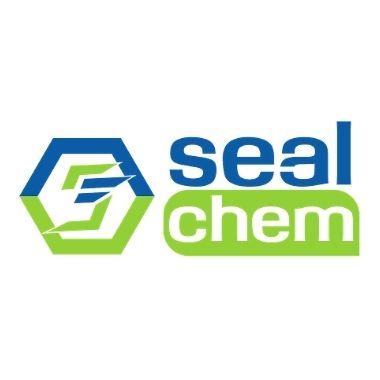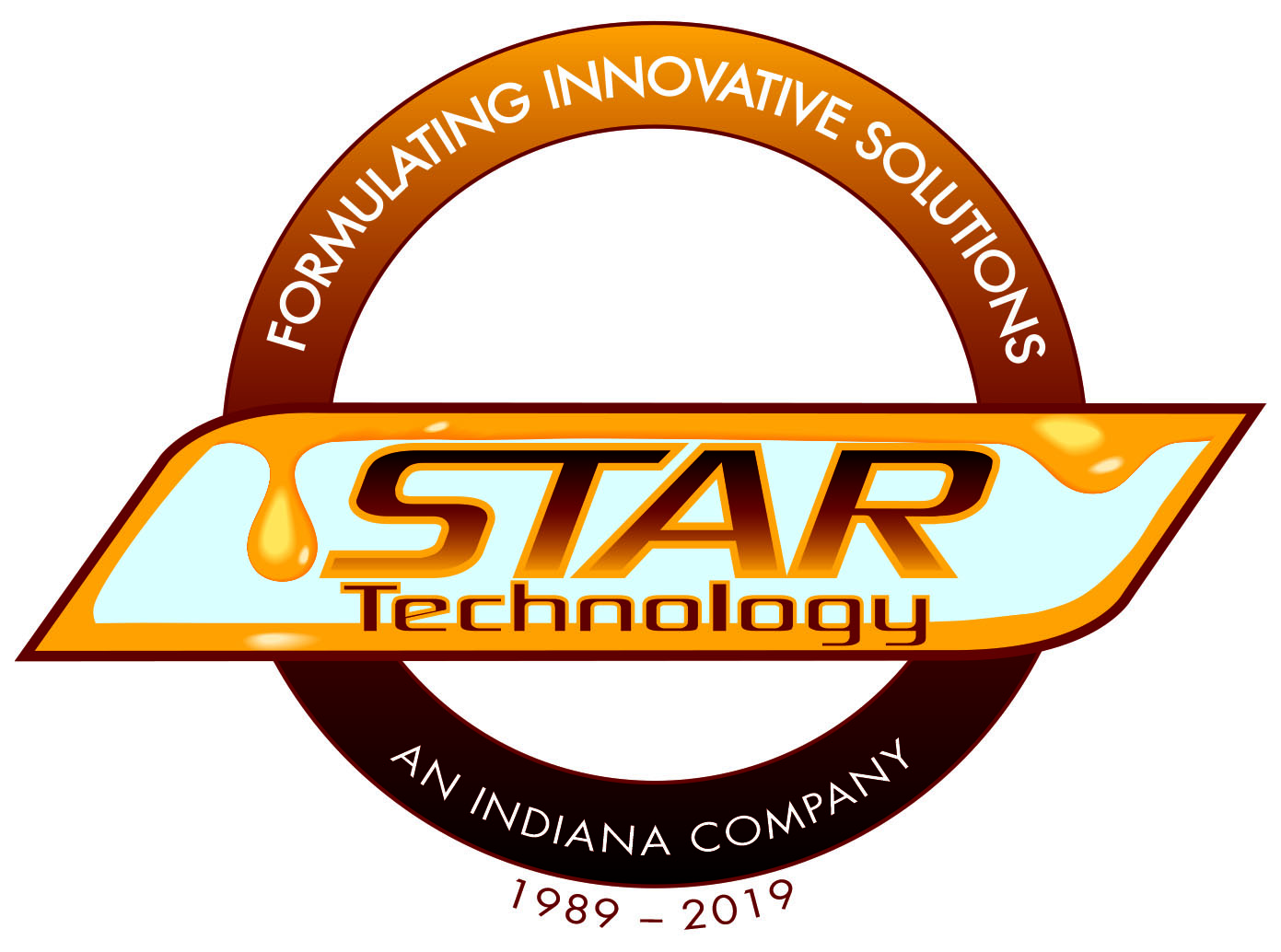2021 Virtual Annual Meeting Technical PapersTechnical Paper presentations are essential to achieving one of the association's key objectives, which is to be "the premier forum to interact and exchange knowledge among formulators and suppliers." The 2021 Meeting included presentations from each of TRFA's Market Focused Committees. Note: Technical papers are listed in alphabetical order by company. Recyclamine® - Novel Amine Building Blocks for a Sustainable WorldEd Rose, Aditya Birla Chemicals - Epoxy Business Americas Epoxy thermosets are high-performance polymers having superior mechanical, adhesion, and very good chemical resistance properties, preferred for versatile applications in Composites, Coating, Construction, Electrical & Electronics segments. The global epoxy thermoset market is valued at 2.7 million MT. Unfortunately, thermosetting plastics used today are not recyclable. Thermosets waste generated during manufacturing and end-of-life poses significant environmental and societal challenges all over the world. A new class of high-performance amine-based epoxy curing agents, Recyclamines®, have been developed for the creation of inherently recyclable thermoset materials. Recyclamine® technology is based on specifically engineered recyclamine® curing agents which enables a mechanism with cleavage points that converts thermosetting epoxies into thermoplastics under specific set of conditions. These cleavage points are reversible at specific condition and hence enable disintegration of the thermoset matrix. During this disintegration process all the valuable components such as carbon fiber, glass fiber, kevlar, plastic material in a thermoset composite, can be recovered. Importantly, the thermoset manufacturing waste can be recycled and re-integrated back into the manufacturing ecosystem. In this paper, a general overview of the recyclable epoxy technology and platform chemistry will be presented, including the underlying chemical principle that fosters recycling and recovery of the cured thermoset epoxy. Examples of specific Recyclamines ® molecules will be shown together with their performance data and advantages in specific application segments. Furalkamines – 50 shades of Black and Green Paul Jones, Bitrez In this presentation, we provide an overview of a new and innovative epoxy curing agent chemistry that is derived from waste biomass that not only provides a means of introducing a sustainable feedstock into the epoxy system but also provides enhanced chemical resistance and reduced hazard rating. Furalkamines are a new addition to epoxy chemistry, offering themselves as an environmentally friendly alternative to the conventional phenol and substituted phenol mannich bases currently employed in the formulation of systems, that cure at low temperatures or under adverse conditions. These products are formulated as alternatives to the conventional grades, offering themselves as REACH compliant products with good reactivity, epoxy compatibility, and ambient cure response. With the removal, restriction, and rationalization of conventional petrochemical-based materials and additional increasing environmental awareness, this product range is growing steadily in response to the demands from pro-active organizations operating with a Green Development policy. Whilst they are inherently environmentally friendly with a high Bio-based Carbon content, and due consideration to the 12 principles of green chemistry, they are also inherently dark in color as a result of the Poly-Furfural Alcohol feedstock. CNSL technology as a versatile tool for Polyurethanes Part 2: Optimization of NCO blocking conditions and Value proposition of CNSL diols Yun Mi Kim, Cardolite Corporation Cashew Nutshell Liquid (CNSL) is a non-edible, bio-based material commonly used as building block for various resins, hardeners and modifiers in the coatings, adhesives, and composites industries. A specialty, very high purity cardanol derived from CNSL, 3-pentadeca-dienyl-phenol, has demonstrated various benefits including favorable deblocking conditions, lower viscosity, and environmentally friendly chemistry. In this paper, Cardolite will present different approaches by utilizing catalysts and/or deblocking agents to optimize deblocking conditions, i.e. deblocking temperature reduction. CNSL-based diols have demonstrated outstanding hydrophobicity provided by the long aliphatic side chain inherited from CNSL. This hydrophobicity reduces moisture sensitivity and provides outstanding hydrolytic stability upon exposure to aqueous solutions in comparison to PPG-based diols and polyBD. It is reasonable to suggest that the combination of aromaticity and long aliphatic chain in those diols delivers excellent chemical resistance, balanced mechanical properties, and improved compatibility with other diols. In this paper, we will present individual value propositions of CNSL diols including newly developed diols that are designed to show increased mechanical strength and elongation and excellent thermal stability when they are converted into PU prepolymers. Life Cycle Assessment as a Tool for Sustainability-Driven Product Marketing in the Thermoset Industry Desi Banatao, Entropy Resins Entropy Resins, a Gougeon Company, develops epoxy resin formulations that optimize the use of biobased, rapidly renewable raw materials without compromising performance or ease of use. Their products are used for a variety of applications including fiber reinforced composites which are increasingly used for lightweighting applications in transportation to increase fuel efficiency and range. Similarly, composites are used in many consumer facing products such as sporting goods and building materials where the environmental impact of the end product plays a major part in the consumer’s buying decision. As such being able to communicate and educate their customers about sustainability-driven product marketing ideas has become increasingly important in the composites and plastic resins industries and Entropy has turned to Life Cycle Assessment as the primary tool to quantify the environmental impacts and benefits of their products. In partnership with Long Trail Sustainability, Entropy collected primary and secondary life cycle inventory data for its raw material stream and chemistry processes to develop an LCA model for its epoxy resin products. This model enables Entropy to outline the environmental impacts of its products through a life cycle impact assessment (LCIA) and also quantify the environmental benefits of their choice of biobased raw materials and green chemistry processes over the conventional raw materials and chemistry processes used by the industry today. This model can also be used by customers who perform LCA to similarly analyze the environmental impacts of their end products and the benefits of choosing materials that factor sustainability in their design. Although more and more customers are demanding vendors to provide life cycle inventory data, the thermoset resins industry has provided little to no primary inventory data to LCA secondary datasets like Ecoinvent. As an example, currently no life cycle inventory data exists for the amines commonly used as curing agents for epoxy in Ecoinvent. As the importance of sustainable design and use of green chemistry increases, the thermoset industry must respond by providing the necessary data in order for their products to be evaluated against competitive technologies such as thermoplastics in quantitative tools such as LCA. Synthetic Engineered Silica Reinforcement of Epoxy Adhesives Joe Abrantes, Evonik Corporation A primary use of engineered synthetic silica in epoxy adhesive is rheology modification; however, silica provides reinforcement as well. Engineered synthetic silica has many grades, including Precipitated, Fumed and Structure Modified Fumed; this morphology and the variety of treatment options available can make selection difficult. These silica physio-chemical properties like morphology, aggregate structure and treatment play a role in Epoxy reinforcement. This paper will provide support for both the selection and use of engineered synthetic silica in the formulation of Epoxy adhesive systems using Tensile, LAP Shear and T-Peel testing methods to differentiate between available commercial grades of silica. Application and Use of Glass Flake Pigments Simon Brigham, Glassflake Australia Pty Ltd Glass flakes outperform traditional platelet-like fillers in corrosive and chemically aggressive environments. One of the main areas of glass flake application is barrier coatings where glass flakes are recommended for use as a replacement for MIO (Micaceous Iron Oxide) and other platelet-like fillers. Thinner grades of glass flake are feasible for application as an alternative to thicker grades. MVT (Moisture vapor transmission) test and cathodic disbondment test results are used for the characterization of coating performance. Recent testing demonstrates further application for glassflake in coatings requiring improved fire performance, in temperature stability and char reinforcement. Achieving High-Performance Adhesives with Polymercaptans Jeremy Pasatta, Huntsman Corporation The utility of using polymercaptans for fast set, room-temperature curing epoxy adhesives (5-minute) is well known. Polymercaptan curatives have desirable green strength development which outpaces several other types of epoxy thermoset adhesives that have at least a 5-minute working time. What is not well documented is how polymercaptan curatives work and are formulated with epoxy. This technical presentation aims to show how understanding in polymercaptan formulation can be used to improve the performance of polymercaptan cured epoxy adhesives. Thermosets Hard at Work in your Mobile Phone Jeffery Gotro, InnoCentrix LLC You might not think that thermoset chemistry and processing is a key part of the manufacturing of electronic devices, but without sophisticated thermosetting polymers and advanced processing techniques, today’s electronic devices would not be possible. There are a wide variety of thermoset polymers used in the typical smart phone. These include epoxy resins for high density circuit boards, adhesives to attach semiconductor chips to substrates, underfills to stabilize soldered chips, and encapsulants. The presentation will provide an overview of the formulation challenges when developing thermosets used in smart phone applications. Some of the thermoset chemistries used in include epoxies, acrylics, bismaleimides, cyanate esters and UV cured thermosets. Processing methods such as adhesive and underfill dispensing, as well as lamination for multilayer circuit boards, will be covered. Emphasis will be placed on the structure- property-processing relationships required to make mobile devices highly reliable. BTDA-cured epoxy powder coatings for high glass-transition temperatures Vinay Mishra, Jayhawk Fine Chemicals Corporation Epoxy powder coatings offer a range of properties based on the selection of epoxy resin, curing agent, and cure schedule. Dianhydrides are a unique class of curatives that result in very high crosslink densities using rather simple solid epoxy resins (SERs) based on bisphenol-A. The resulting powder coatings offer sustained high glass transition temperature (Tg), high-temperature service, superior dielectric strength, and broad chemical resistance properties. The presentation will introduce BTDA (benzophenone tetracarboxylic dianhydride) as a leading example of this category of curing agents and explore the reasons behind its high performance. It will also share results from a recent collaborative study on the Tg development of BTDA-epoxy formulations focusing on variables such as EEW, A/E stoichiometry and cure profiles. Non-isocyanate Polyurethane Produced from Biobased Lipids and Amines Tao Dong, National Renewable Energy Laboratory The global polyurethane market is rapidly growing with an exception to reach 24 million tons by 2022. Traditional polyurethanes have been produced through polyaddition of polyols with isocyanates, which are directly produced from the corresponding amines and highly toxic phosgene. Therefore, alternative pathways for non-isocyanate polyurethane (NIPU) production have garnered increasing interests. One of the most promising NIPU pathways is the reaction between five-membered cyclic carbonate group with amine to produce urethane linkage. Starting from unsaturated fatty acids, the double bonds can be sequentially converted into epoxy and cyclic carbonate for NIPU production. The carbonation process can sequestrate a significant amount of CO2 into the carbonated fatty acids (e.g. 100g of docosahexaenoic acid can sequestrate up to 80 g of CO2), providing a practical route to utilize waste CO2. In this study we will demonstrate the NIPU materials produced from various feedstocks, including algal oil with high polyunsaturated fatty acid (PUFA) content. The synthesis processes and the performance of the produced NIPUs will be compared and discussed, with an aim to provide more insights to facilitate the commercialization of NIPUs. A New Photo-cationically Curable Epoxy Resin — Unique Combination of Low Viscosity and High Reactivity Huifeng Qian, Olin Corporation The UV curing of epoxy resin provides various benefits such as fast curing speed and excellent material performance, which are attractive to a broad range of applications including coatings, films, inks, stereolithography, and so on. In this work, we report a new photo-cationically curable epoxy resin (XU-19127), which offers a unique combination of ultra-low viscosity and high reactivity with a variety of cationic photoinitiators. XU-19127 will be compared with conventional Bisphenol A epoxy and cycloaliphatic epoxy using cationic UV curing lab conditions. The potential UV curing application of XU 19127 will also be explored. |



